Home>diy>Building & Construction>What Is Shiplap In Construction
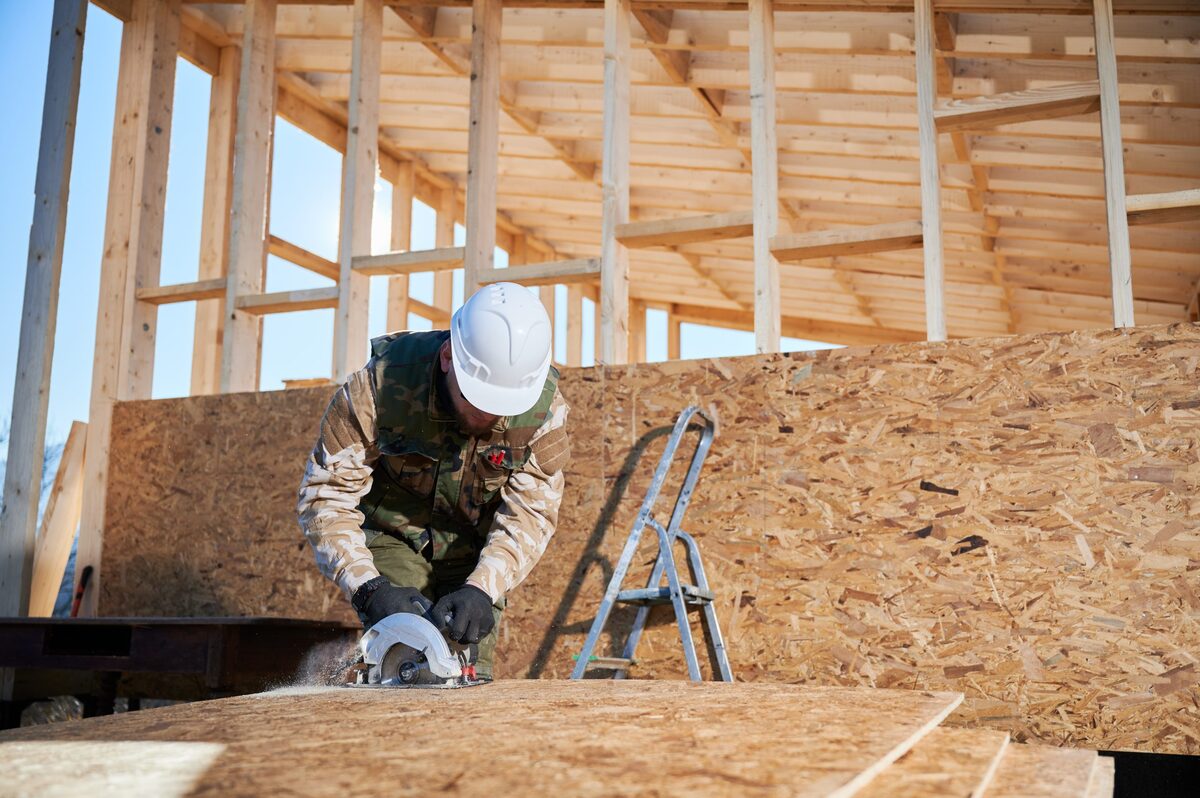

Building & Construction
What Is Shiplap In Construction
Modified: January 6, 2024
Learn about shiplap in construction and its uses in building construction. Explore the benefits and applications of this popular siding technique.
(Many of the links in this article redirect to a specific reviewed product. Your purchase of these products through affiliate links helps to generate commission for Storables.com, at no extra cost. Learn more)
Introduction
In the world of construction, there are numerous techniques and materials used to create beautiful and functional structures. One such technique that has gained immense popularity in recent years is shiplap. Whether you’ve seen it on home improvement shows or noticed it in trendy cafes and shops, shiplap has become a staple in modern interior design.
But what exactly is shiplap and why is it so ubiquitous in the construction industry? In this article, we will delve into the world of shiplap, exploring its history, characteristics, installation methods, and advantages. By the end, you’ll have a comprehensive understanding of this versatile building material and its many applications.
So, let’s set sail and uncover the secrets of shiplap!
Key Takeaways:
- Shiplap, a versatile and durable building material, offers timeless charm and practical benefits for both interior and exterior construction projects. Its interlocking design, visual appeal, and insulation properties make it a popular choice in modern design concepts.
- From its historical use in shipbuilding to its resurgence in contemporary construction, shiplap’s wide range of material options, easy installation, and low maintenance make it a desirable choice for creating cozy and inviting spaces in homes, commercial establishments, and outdoor structures.
Definition of Shiplap
Shiplap is a type of wooden board that features a distinctive interlocking profile. The term “shiplap” refers to the way the boards fit together, creating a tight, watertight seal. It is commonly used in both interior and exterior construction projects, providing a visually appealing and durable finish.
The characteristic design of shiplap involves overlapping edges, with each board fitting into the one below it. This creates a rabbet joint, which not only provides a seamless look but also prevents water from penetrating the structure. The overlapping nature of shiplap boards makes it a popular choice for exterior siding, protecting buildings from moisture and weather elements.
Traditionally, shiplap boards were made from wood, specifically softwoods such as pine or cedar. However, modern construction techniques have expanded the range of materials used for shiplap, including engineered wood, fiber cement, and even PVC. The flexibility in material choice allows for a variety of aesthetics while maintaining the core characteristics of shiplap.
This distinct profile and design make shiplap a versatile material for construction projects. It can be used as cladding for walls, ceilings, and even floors, lending a charming and rustic appeal to any space. In recent years, shiplap has gained significant popularity in interior design, thanks to its ability to evoke a warm and cozy atmosphere.
Now that we have a clear understanding of what shiplap is, let’s explore its historical use in construction.
Historical Use of Shiplap in Construction
The use of shiplap in construction can be traced back centuries, with its origins dating back to the early shipbuilding industry. In maritime construction, shiplap was used to create watertight structures, providing a protective barrier against the elements.
During the 19th century, shiplap became a common feature in residential and commercial buildings. Its popularity grew rapidly in North America, particularly in the coastal regions where timber was abundant. Shiplap was used as exterior siding, offering excellent protection against wind, rain, and extreme weather conditions.
However, the use of shiplap was not limited to the exterior. It also found its way into interior spaces, adorning walls and ceilings. Its tight, overlapping design helped with insulation and added structural integrity to the building.
Throughout the 20th century, the popularity of shiplap waned as other construction materials emerged. However, in recent years, shiplap has experienced a revival in both residential and commercial construction. This revival can be attributed to the rising demand for rustic and farmhouse aesthetics, in which shiplap fits perfectly.
Today, shiplap is not only found in traditional buildings but has also made its way into modern design concepts. Architects and interior designers often use shiplap to add texture and visual interest to a space. It has become synonymous with a cozy and inviting atmosphere, making it a popular choice for homes, restaurants, and retail spaces.
Now that we have explored the historical use of shiplap, let’s delve into its characteristics and features that make it a preferred choice in construction projects.
Characteristics and Features of Shiplap
Shiplap possesses several key characteristics and features that contribute to its desirability and versatility in construction projects. Understanding these attributes is crucial in determining whether shiplap is the right choice for a particular application.
1. Interlocking Design: Shiplap’s most notable feature is its interlocking profile. The boards fit together with overlapping edges that create a tight seal, enhancing both its visual appeal and functionality. This design makes shiplap ideal for exterior siding, acting as a barrier against moisture infiltration and protecting the underlying structure.
2. Durable and Weather-Resistant: Shiplap is known for its durability. Its overlapping design ensures that it can withstand extreme weather conditions, making it an excellent option for both interior and exterior applications. When properly installed and maintained, shiplap can last for decades, requiring minimal repairs and upkeep.
3. Versatile Material Options: While traditionally made from wood, shiplap can now be found in a variety of materials. Wood shiplap provides a classic and natural aesthetic, while engineered wood options offer enhanced durability and stability. Other materials like fiber cement and PVC provide additional benefits such as resistance to rot, insects, and fire.
4. Texture and Visual Appeal: Shiplap adds a rich texture and visual interest to any space. The overlapping boards create distinct shadow lines that give depth and character to walls and ceilings. Whether it is a rustic, farmhouse look or a contemporary design, shiplap can be adapted to suit a wide range of interior styles.
5. Easy Installation: Shiplap is relatively easy to install compared to other building materials. The boards can be nailed, screwed, or glued onto the surface, reducing construction time and costs. Additionally, shiplap is often available in pre-finished or pre-painted options, further simplifying the installation process.
6. Natural Insulator: Shiplap provides a moderate level of insulation due to its thickness and overlapping design. It can help keep spaces warmer in the winter and cooler in the summer, reducing reliance on heating and cooling systems, and potentially lowering energy costs.
7. Timeless Appeal: While shiplap has experienced resurgence in popularity in recent years, its timeless appeal ensures that it never goes out of style. Whether used in a historical restoration project or a contemporary home, shiplap adds a touch of charm and elegance that transcends trends.
With its unique characteristics and features, shiplap offers both practical and aesthetic benefits in construction projects. Now that we understand the qualities of shiplap, let’s explore the different types of materials used to create this versatile building material.
Types of Shiplap Materials
Shiplap materials have expanded beyond traditional wood, allowing for a wider range of options to suit different design preferences, budget considerations, and performance requirements. Let’s explore some of the common types of shiplap materials used in construction:
1. Wood: Wood shiplap is the traditional and most popular choice. Softwoods like pine and cedar are commonly used due to their natural beauty and durability. They offer a classic and timeless appeal, with variations in grain patterns and color tones. Wood shiplap can be treated or finished to enhance its resistance to moisture, decay, and pests.
2. Engineered Wood: Engineered wood shiplap is a composite material made from wood fibers and resins. It offers enhanced stability and durability compared to traditional wood, reducing the risk of warping and moisture damage. Engineered wood shiplap is available in a range of finishes and can mimic the appearance of various wood species.
3. Fiber Cement: Fiber cement shiplap is a composite material made from cement, cellulose fibers, and additives. It is highly resistant to water, fire, pests, and rot, making it an excellent choice for exterior applications. Fiber cement shiplap can be finished to resemble wood grain or other textures, providing a low-maintenance, long-lasting solution.
4. PVC: PVC (polyvinyl chloride) shiplap is a synthetic material that is highly resistant to moisture, insects, and rot. It offers exceptional durability and requires minimal maintenance. PVC shiplap is available in various colors, mimicking the appearance of painted wood, and provides a clean and seamless finish.
5. Metal: While less common, metal shiplap is an option for those seeking an industrial or contemporary aesthetic. Metals like steel or aluminum with suitable coatings can be used for exterior cladding or accent walls. Metal shiplap can offer excellent durability and resistance to weathering.
Each type of shiplap material has its own unique characteristics and advantages. The choice of material will depend on factors such as budget, desired appearance, durability requirements, and the specific application.
Now that we have explored the various types of shiplap materials, let’s move on to understanding the installation methods for shiplap.
When installing shiplap in construction, be sure to use a level to ensure the boards are straight and evenly spaced. This will result in a professional-looking finish.
Read more: How To Install Exterior Shiplap Siding
Installation Methods for Shiplap
Installing shiplap requires proper planning, preparation, and execution to ensure a seamless and professional finish. While the exact installation method may vary slightly depending on the specific shiplap material, the following steps outline the general process:
- Prepare the Surface: Ensure that the surface is clean, dry, and free from any debris or old finishes. If necessary, repair any damaged areas or apply a suitable underlayment.
- Measure and Calculate: Measure the space to determine the required amount of shiplap. Consider any cuts, corners, or obstacles that may impact the installation.
- Start with the First Board: Begin at a corner or an inconspicuous area and secure the first shiplap board to the surface. Depending on the material, this can be done using nails, screws, or adhesives.
- Interlock the Boards: Place the next shiplap board beside the first board, ensuring the overlapping edges fit snugly. Use a level to ensure the boards are straight and plumb.
- Secure the Boards: Continuing the installation, secure each board to the surface using appropriate fasteners. Ensure they are positioned to hide the fasteners within the overlapping joint.
- Measure and Cut: As you reach the end of each row or encounter obstacles, measure and cut the shiplap boards accordingly. Use a miter saw or a circular saw with a fine-toothed blade for precise cuts.
- Repeat the Process: Repeat the process of interlocking and securing the boards row by row until the entire area is covered.
- Finishing Touches: Once all the boards are installed, inspect the surface for any gaps or imperfections. Fill any gaps with suitable filler and sand the surface if necessary. Complete the installation by applying a finish or paint of your choice.
It is important to follow manufacturer instructions and guidelines specific to the chosen shiplap material. Consider consulting a professional or referring to detailed installation guides to ensure a successful installation.
Now that we have covered the installation methods, let’s explore the advantages of using shiplap in construction.
Advantages of Using Shiplap in Construction
Shiplap offers numerous advantages that make it a popular choice in the construction industry. Whether used for interior or exterior applications, shiplap provides several benefits that contribute to its widespread use. Let’s explore some of the advantages of using shiplap:
- Visual Appeal: Shiplap adds a touch of charm and character to any space. Its overlapping design creates distinct shadow lines, adding depth and visual interest to walls and ceilings. Whether aiming for a rustic, farmhouse look or a modern aesthetic, shiplap can contribute to a visually appealing environment.
- Durability: Shiplap is known for its durability. Its interlocking design, combined with the choice of materials, ensures a long-lasting and weather-resistant finish. Shiplap can withstand harsh elements, making it suitable for both interior and exterior applications.
- Versatility: Shiplap offers versatility in terms of design and application. It can be used in various spaces, including living rooms, bedrooms, kitchens, and even commercial establishments. Shiplap can also be painted or stained to achieve different looks or left unfinished for a natural and rustic appearance.
- Easy Installation: Installing shiplap is relatively straightforward, reducing construction time and costs. The interlocking design allows for efficient and secure installation, making it an attractive option for DIY enthusiasts and professionals alike.
- Insulation Benefits: Shiplap provides a moderate level of insulation due to its thickness and overlapping profile. It helps in regulating temperature, keeping spaces warmer in the winter and cooler in the summer. Shiplap can contribute to energy efficiency by reducing reliance on heating and cooling systems.
- Low-Maintenance: Shiplap requires minimal maintenance. Depending on the chosen material, it may need occasional cleaning, and if a protective finish is applied, periodic touch-ups. Overall, shiplap provides a low-maintenance solution while adding style and durability to a space.
- Timeless Appeal: Shiplap has stood the test of time and has a timeless appeal that transcends trends. Whether used in historic renovations or contemporary designs, shiplap adds a classic and elegant touch to any space.
These advantages make shiplap a desirable choice for homeowners, interior designers, and contractors alike. From its visual appeal and durability to its versatility and low maintenance, shiplap offers a combination of benefits that enhance the overall construction and design aesthetic.
Now that we have explored the advantages of using shiplap, let’s move on to discuss the common applications of shiplap in construction.
Common Applications of Shiplap
Shiplap’s versatility and aesthetic appeal have led to its wide range of applications in the construction industry. From residential homes to commercial spaces, shiplap can be found in various areas. Let’s explore some of the common applications of shiplap:
- Interior Walls: Shiplap is often used as a wall covering, providing a textured and visually interesting surface. It can be installed in living rooms, bedrooms, kitchens, and even bathrooms, creating a cozy and inviting atmosphere.
- Ceilings: Installing shiplap on ceilings adds a unique and rustic touch to a room. It can make a space feel more expansive and visually appealing, creating an interesting focal point.
- Exterior Siding: Shiplap is commonly used as exterior cladding, protecting buildings from the elements while enhancing their curb appeal. It provides a durable and visually appealing finish in residential homes, cabins, and even commercial establishments.
- Accent Walls: Shiplap can be utilized to create accent walls, adding texture and depth to a room. Whether it’s a statement wall in a living room or the focal point in a bedroom, shiplap accent walls can transform the overall look and feel of a space.
- Furniture and Cabinetry: Shiplap can also be incorporated into furniture and cabinetry design, adding a unique touch to pieces such as bookshelves, kitchen islands, or bathroom vanities. It can create a cohesive and coordinated look within a space.
- Outdoor Structures: Shiplap is suitable for outdoor structures such as sheds, gazebos, and even fences. Its weather-resistant properties make it an ideal choice for these applications, ensuring longevity and visual appeal.
- Commercial Spaces: Shiplap is not only limited to residential use. It is increasingly being incorporated into commercial spaces such as restaurants, cafes, and retail stores. Its charming and cozy aesthetic aligns with the current trend of creating inviting and unique atmospheres.
The versatility of shiplap allows for creativity and customization in various construction projects. Whether used to add character to interior spaces or to enhance the exterior of a building, shiplap offers a timeless and visually appealing solution.
Now that we have explored the common applications of shiplap, let’s move on to consider some important factors to keep in mind when using shiplap in construction.
Considerations for Using Shiplap in Construction
While shiplap offers many benefits and can be an excellent choice for various construction projects, there are some important considerations to keep in mind. Understanding these factors will ensure the successful implementation of shiplap in your construction project. Let’s explore some of these considerations:
- Moisture and Weather Exposure: Since shiplap is often used as exterior siding, it is crucial to consider the moisture and weather exposure of the location. Ensure that the chosen shiplap material is resistant to moisture, rot, and other weather-related damage. Proper installation techniques, including sufficient ventilation and drainage, should be followed to maintain the integrity of the shiplap over time.
- Material Selection: Choose the right shiplap material for your specific project requirements. Consider factors such as durability, maintenance needs, and budget. Wood shiplap provides a classic and natural appearance, while engineered wood, fiber cement, and PVC offer enhanced durability and performance.
- Finishing and Maintenance: Determine whether additional finishing or painting is required for the shiplap material. Some materials may come pre-finished, while others may require sealing or painting after installation. Consider the maintenance requirements of the chosen material and ensure that you are willing to invest the necessary time and effort in maintaining its appearance and performance.
- Installation Expertise: While shiplap installation can be done as a DIY project, if you lack the necessary experience or tools, it may be wise to consult a professional. Improper installation can result in gaps, warping, and other issues that could compromise the durability and visual appeal of the shiplap.
- Compatibility with Existing Structures: If you are adding shiplap to an existing structure, consider how it will integrate with the overall design and style. Cohesion between the shiplap and existing surfaces or architectural elements is essential to create a seamless and aesthetically pleasing result.
- Code Compliance: Ensure that the installation of shiplap complies with local building codes and regulations. This includes proper insulation, fire safety measures, and adherence to structural requirements. Consulting with a building professional or local authorities will help ensure that your project meets all necessary standards.
- Budget and Long-Term Value: Consider the cost implications of using shiplap, including the material, installation, and long-term maintenance. Evaluate the value that shiplap will add to your construction project and weigh it against your overall budget and goals.
By considering these factors, you can make informed decisions when incorporating shiplap into your construction project. It will help ensure that the chosen material and installation methods align with your specific needs and objectives.
Now that we have explored the considerations for using shiplap, let’s conclude our journey into the world of shiplap in construction.
Read more: How To Make A Shiplap Wall
Conclusion
Shiplap is a versatile and visually appealing building material that has been used for centuries in construction. Its interlocking design, durability, and wide range of material options make it a popular choice for both interior and exterior applications.
In this article, we have explored the definition of shiplap and its historical use in construction. We have discussed the characteristics and features that make shiplap a desirable choice, such as its interlocking design, durability, and ease of installation. Additionally, we have examined the different types of shiplap materials available, including wood, engineered wood, fiber cement, and PVC.
We have also discussed the common applications of shiplap, which include interior walls, ceilings, exterior siding, accent walls, and even furniture and cabinetry. Shiplap’s timeless appeal and versatility have made it a popular choice in both residential and commercial spaces.
While considering the advantages of using shiplap, such as its visual appeal, durability, versatility, and low maintenance, we have also highlighted the importance of considering factors like moisture exposure, material selection, installation expertise, and code compliance when incorporating shiplap into construction projects.
Shiplap’s ability to transform a space and create a warm, inviting atmosphere has made it a favorite among homeowners, interior designers, and contractors alike. Its enduring charm and wide range of design possibilities ensure that shiplap will continue to be a staple in the construction industry for years to come.
So, whether you’re planning to renovate your home, create an accent wall, or add character to a commercial space, consider the timeless beauty and practical advantages of incorporating shiplap into your construction project. Set sail and discover the endless possibilities of shiplap!
Frequently Asked Questions about What Is Shiplap In Construction
Was this page helpful?
At Storables.com, we guarantee accurate and reliable information. Our content, validated by Expert Board Contributors, is crafted following stringent Editorial Policies. We're committed to providing you with well-researched, expert-backed insights for all your informational needs.
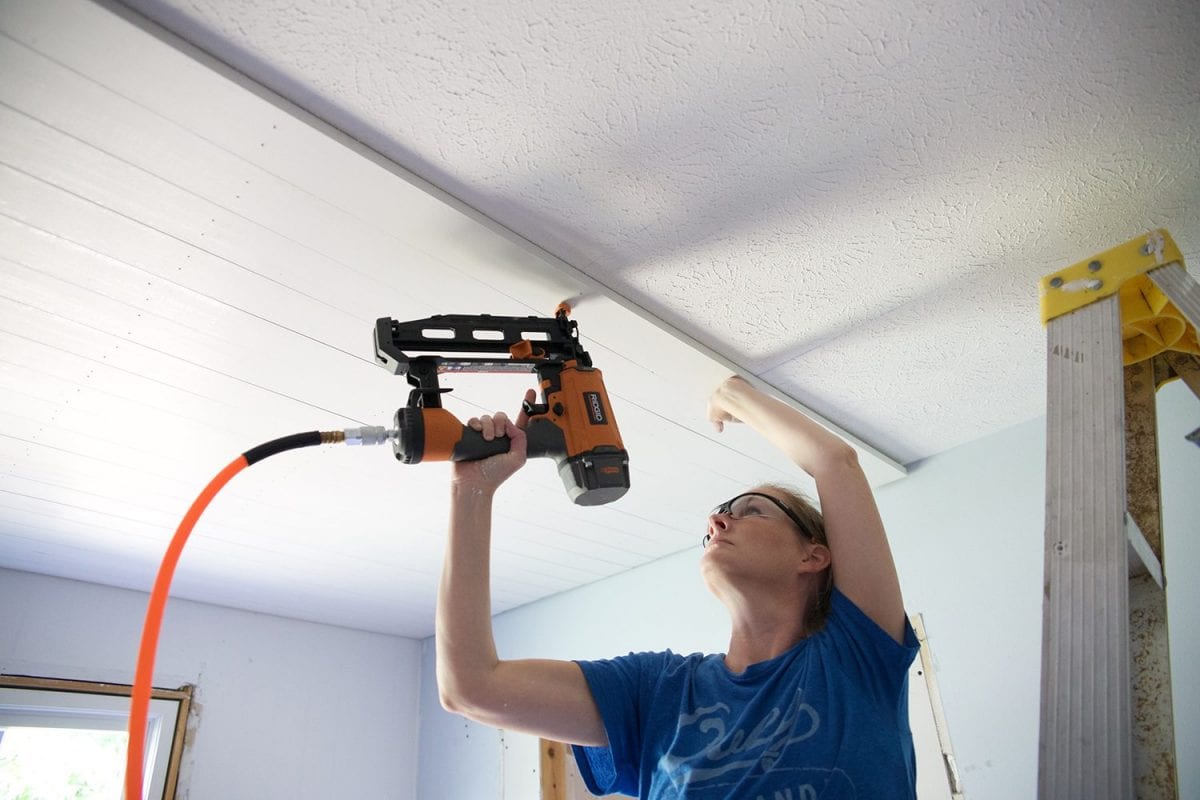

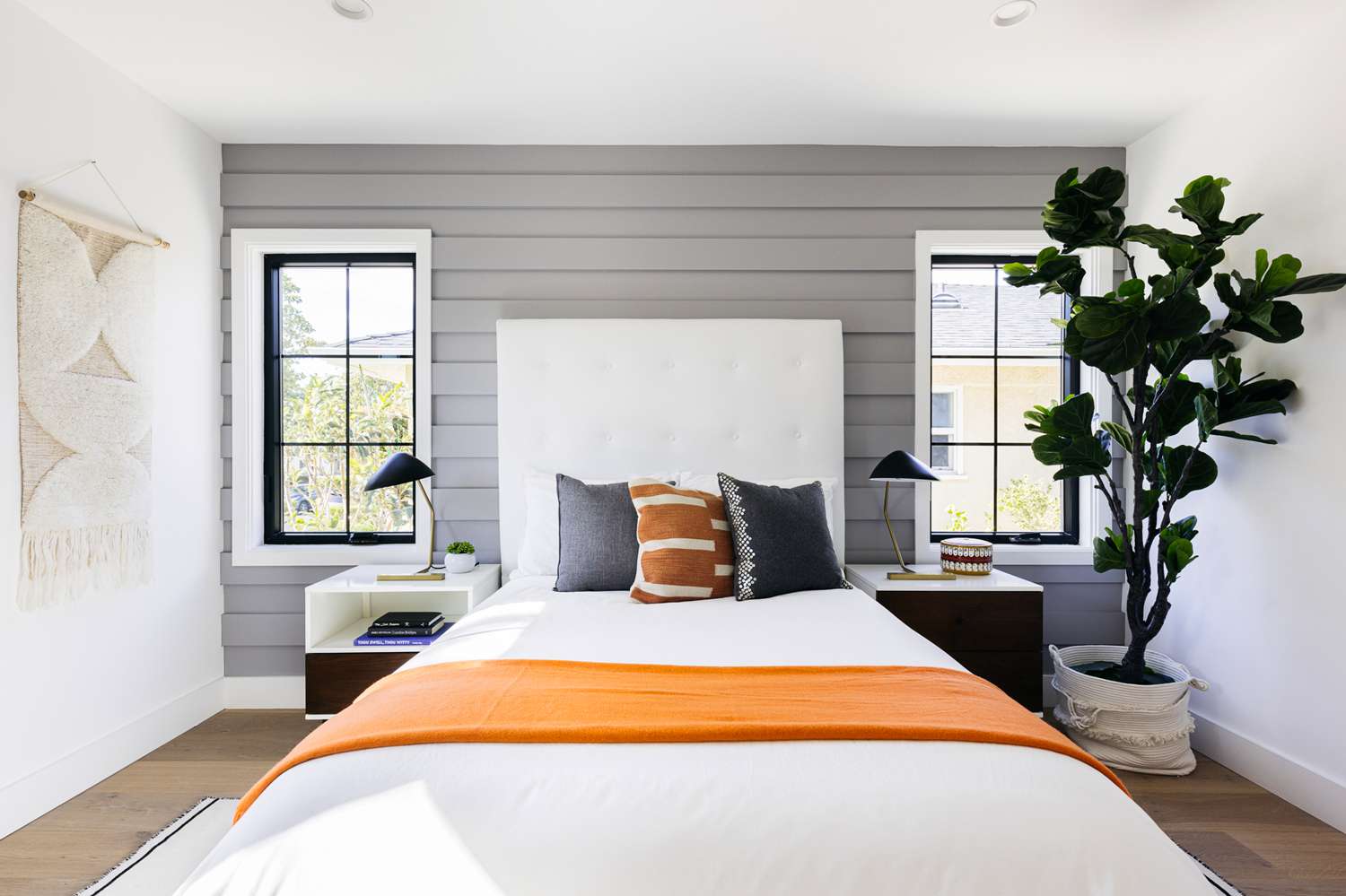

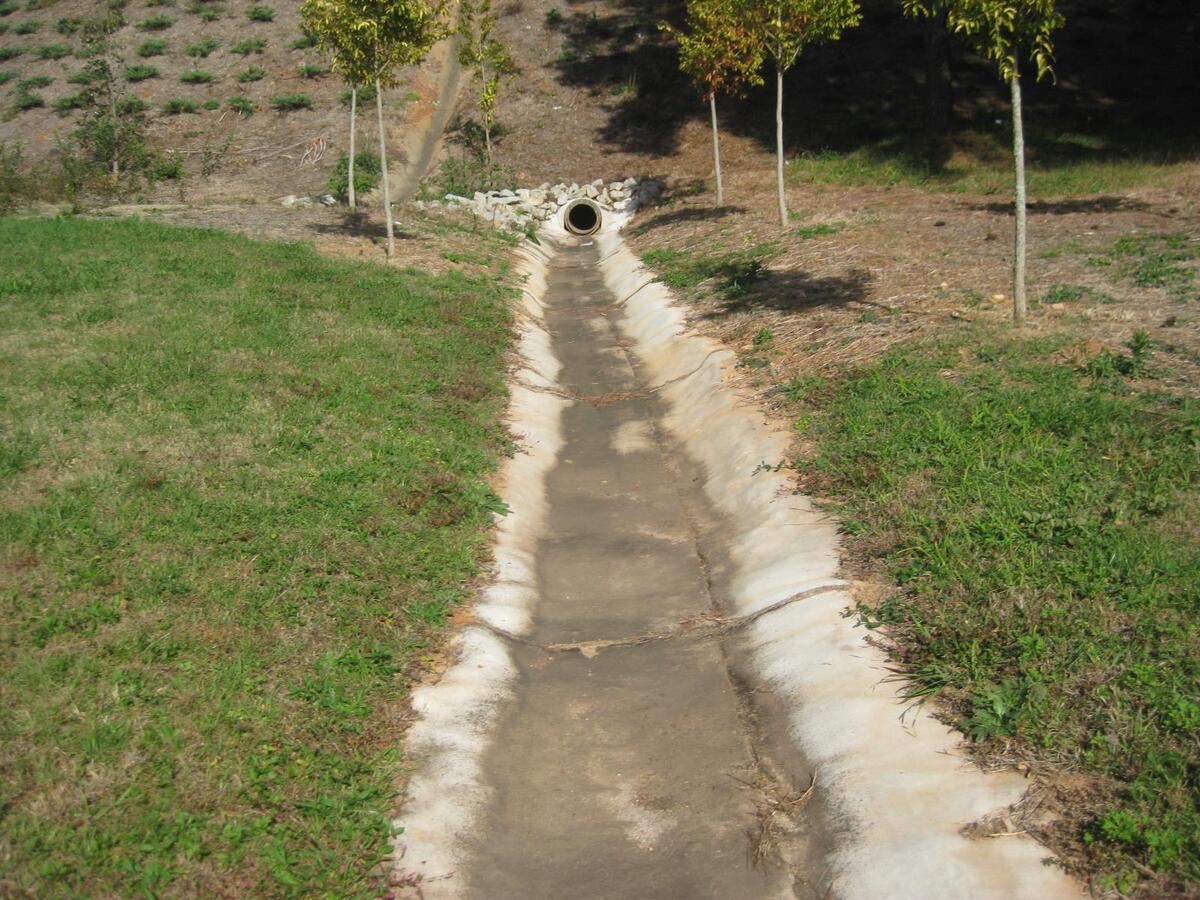
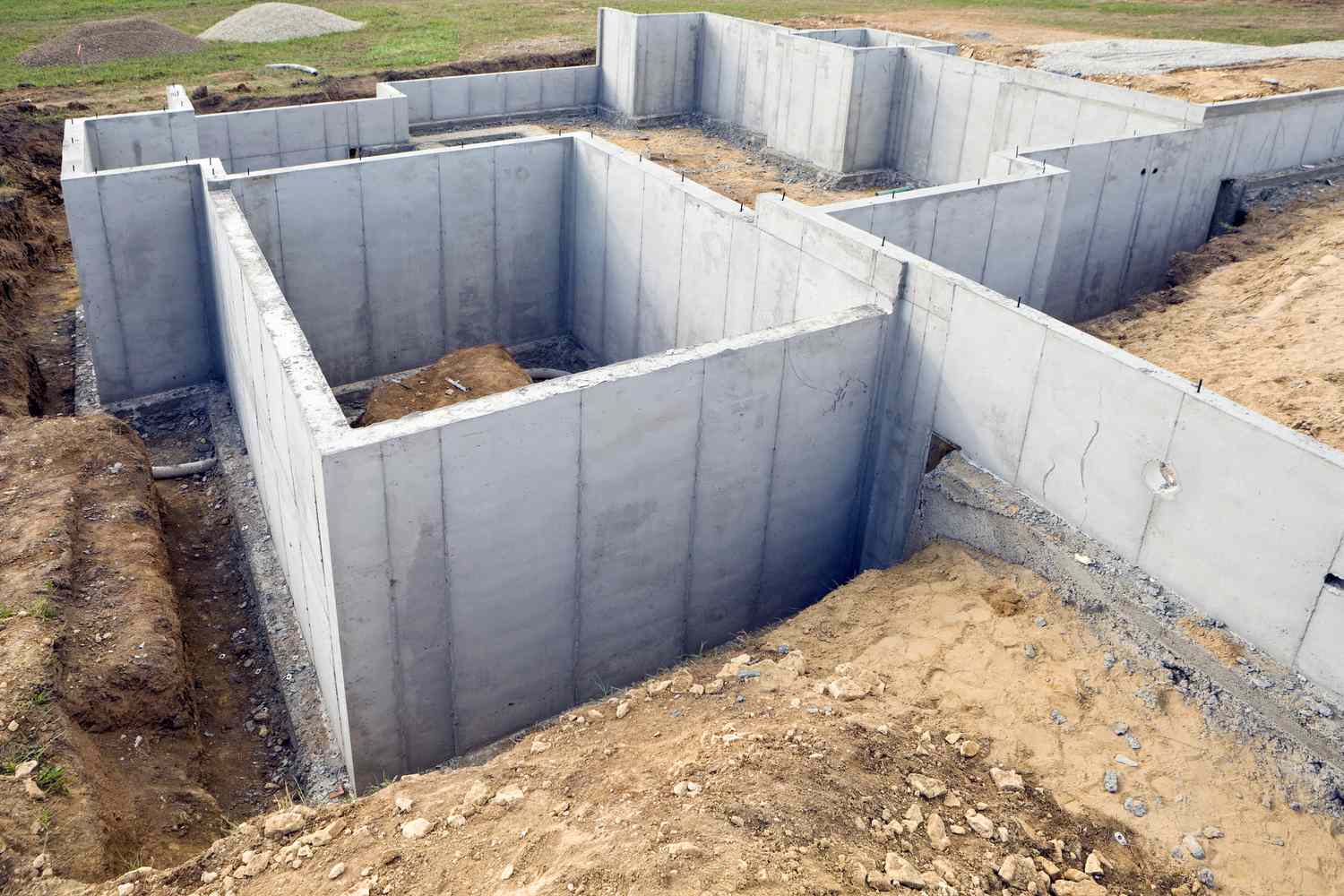


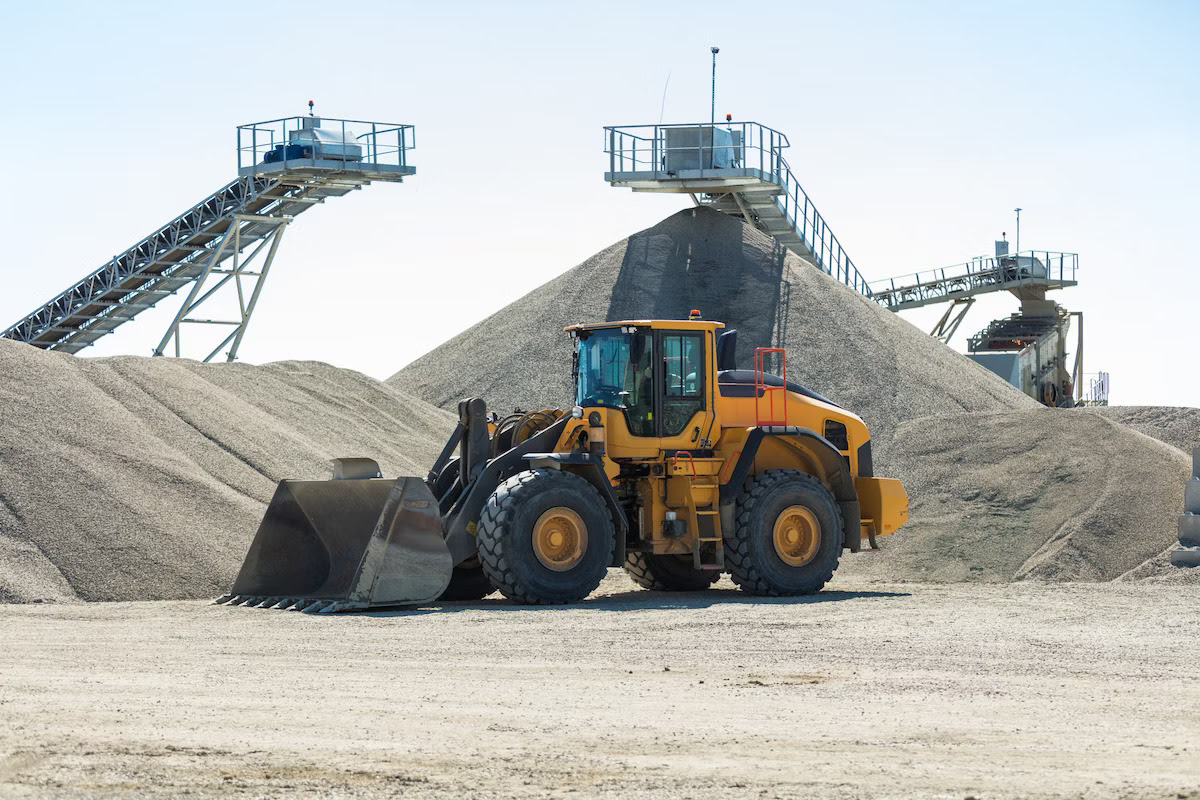



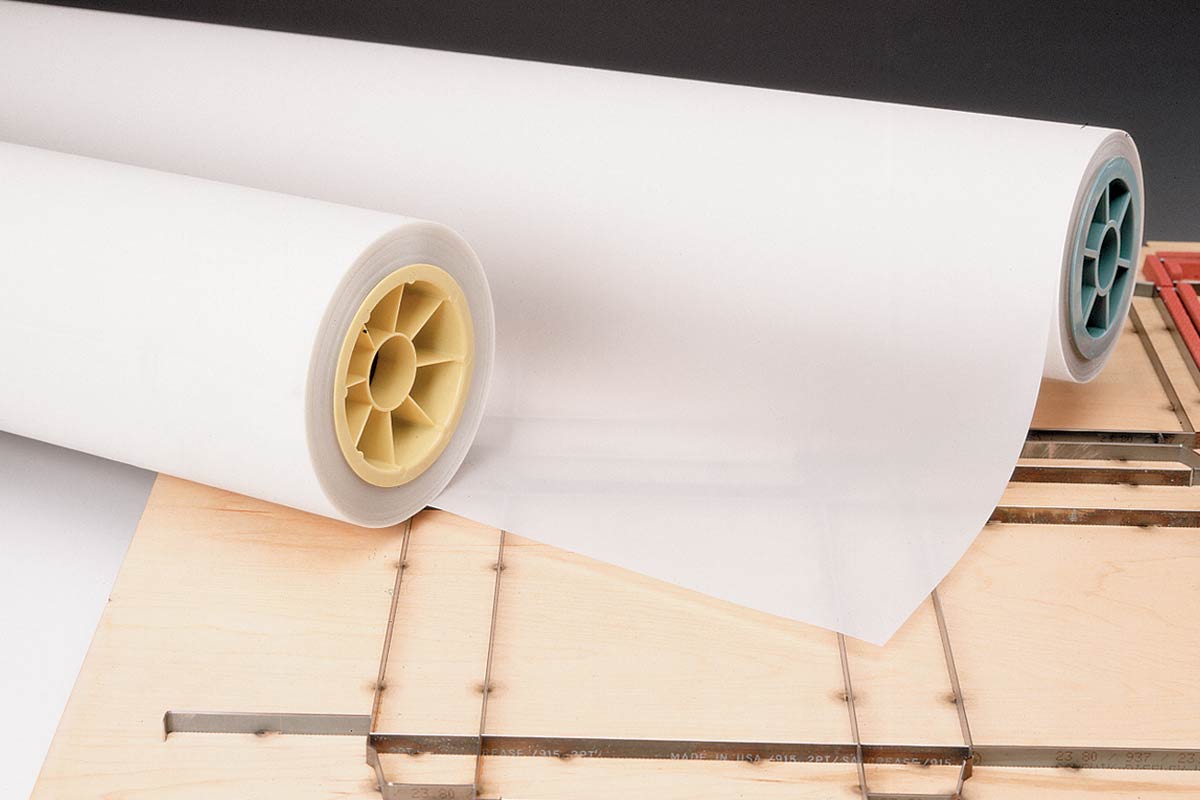

0 thoughts on “What Is Shiplap In Construction”